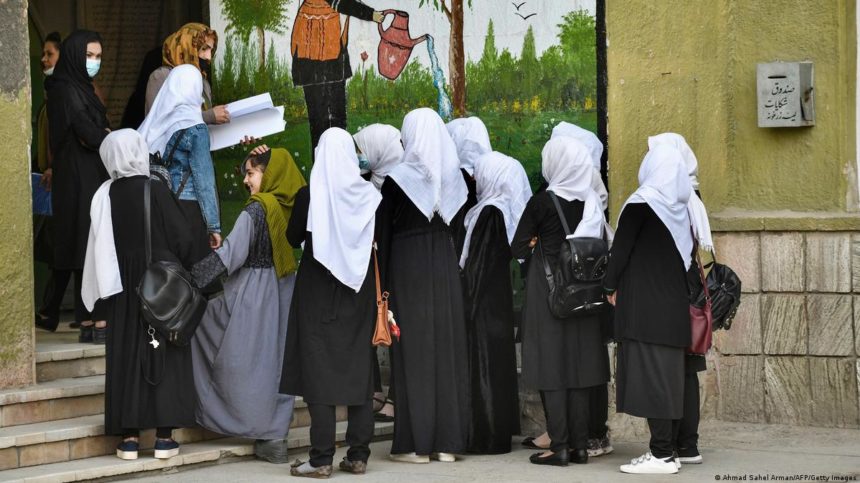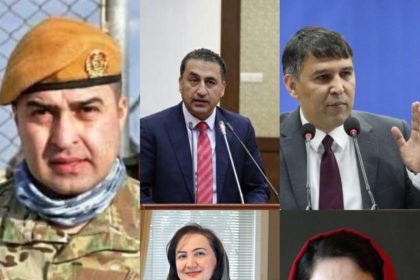RASC News Agency: Reports emanating from Herat province in western Afghanistan attest that, subsequent to targeted assassinations of the Shia community and religious scholars, the enrollment of female students in girls’ schools has witnessed a precipitous 50% reduction within the sixth-grade category. A well-informed source within Herat province, speaking on the condition of anonymity, conveyed to a correspondent from RASC news agency on Friday, the 5, that terrorist onslaughts in the Jabriyal region of this province have compelled certain families to liquidate their homes and properties, contemplating departure from Afghanistan.
The precise number of these affected families remains elusive, but it has resulted in a 50% decrease in students attending both private and government schools. The source appends that should this deleterious trend persist, imposing such adversity upon the Shia population, it could burgeon into a major catastrophe, fostering an unsuitable milieu for the senior echelons of the Taliban. Another source from Herat asserts to RASC that, following the terrorist attacks in the Jabrail region and the Kurah-e Melli neighborhood of this province, some Shia religious scholars have opted to depart Afghanistan for Iran. This source specifies that these religious scholars intend to remain in Iran until the security situation in Herat normalizes.
Expanding on these statements, the source adds that the Taliban is actively seeking opportunities to capitalize on the tumultuous situation and inch closer to their objectives. Conversely, Mohammad Ismail, a resident of Herat, articulates to RASC that it can be posited that, for a span exceeding two years since the Taliban’s ingress into Afghanistan, 70% of the Hazara community in the Hazrat-e Abbas Jabari district of Herat have sought refuge in Iran and European countries, forsaking Afghanistan.
He asserts that life under the Taliban’s dominion has been exceedingly arduous, with people counting each day until the roots of this group are uprooted from within Afghanistan. He further adds that if the organized threats and insecurities persist, there is a substantial likelihood that more denizens of this province will forsake their city and reside outside Afghanistan. Therefore, Haleem Hakimi, a knowledgeable individual in the western region of Afghanistan, informs RASC that terror and insecurity have permeated all strata of society, particularly impacting the Hazara community, spanning from the Karzai government to the era of Ashraf Ghani, and now exacerbating under the Taliban, compelling this community in Afghanistan to live in concealment daily.
He emphasizes that the Taliban should apprehend that a day will dawn when the injustices they have inflicted upon other ethnicities, excluding the Pashtuns, will inevitably catch up with them. It is worth noting that the most recent terrorist attacks in the “Jabrail and Kurah-e Melli” region of Herat were meticulously designed and orchestrated by Taliban members under the guise of ISIS, reaching a denouement. It should be mentioned that during their tenure in the Republic government of Ashraf Ghani, the Taliban directed their terrorist and suicide attacks against the Hazara and Shia community, exemplified by incidents in Dasht-e Barchi and the Dasht-e Zang district of Kabul.
It is asserted that the Hazara people suffered the most significant casualties during Ashraf Ghani’s Republic government, with more than 15,000 to 20,000 individuals falling victim to mass killings. Noteworthy is that the Hazara people, throughout the various administrations of Afghanistan, played a subdued role compared to the Pashtuns, Tajiks, and others, consistently being targeted for terrorist attacks and bombings that have adversely affected their innocent religious scholars and populace.
This persists despite none of the Afghanistan governments implementing a comprehensive plan to investigate the afflictions that have tormented the Hazaras and Shias.






